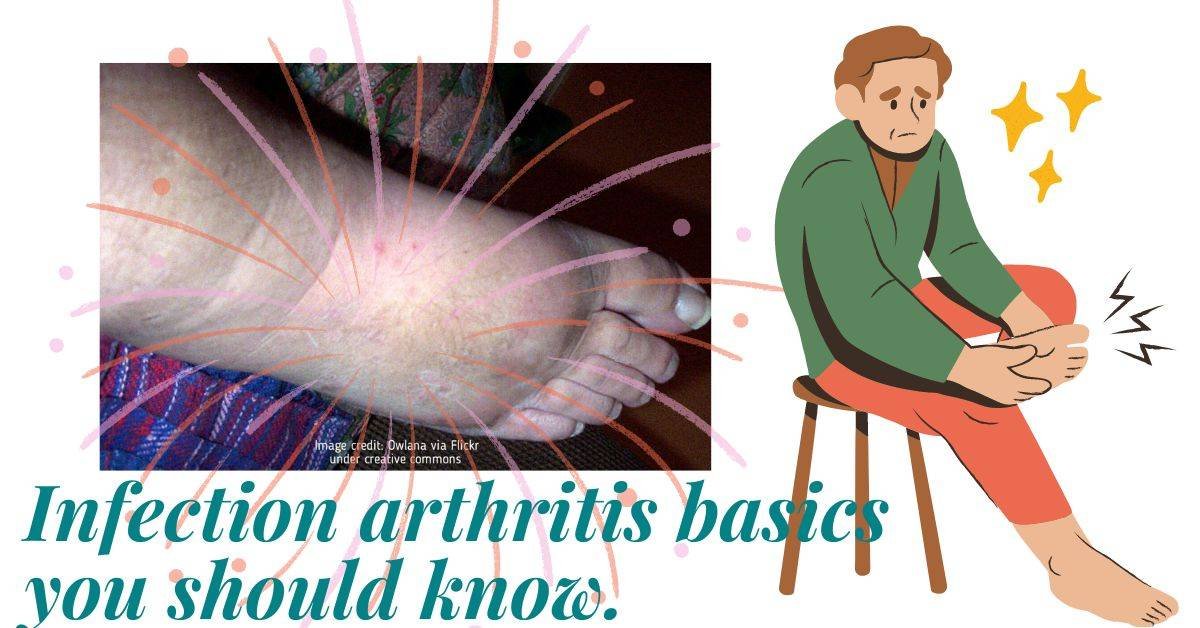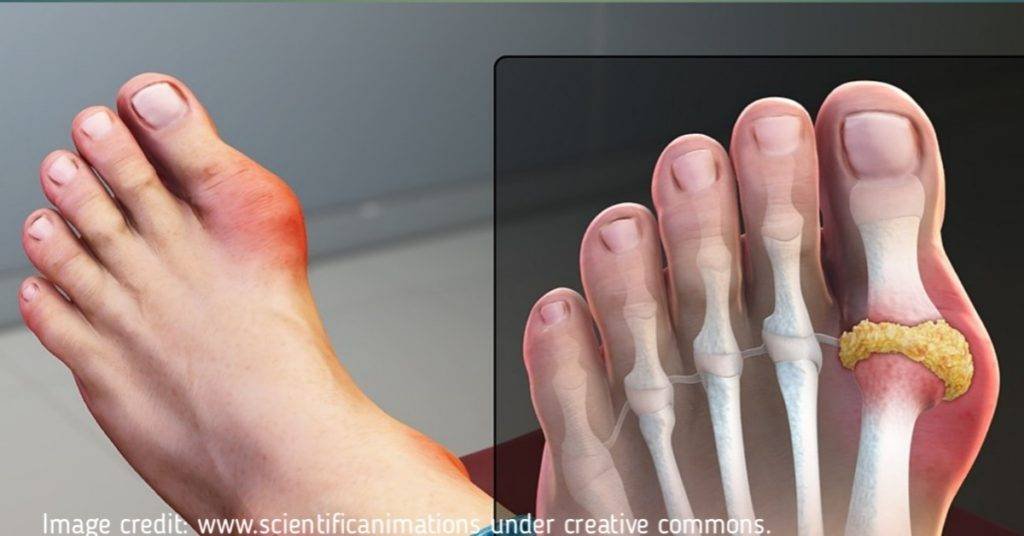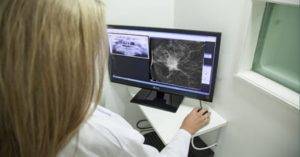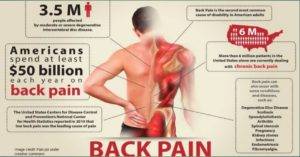
Table of Contents
Infection arthritis is characterized by pathogens’ invasion of the synovium and joint space through a hematogenous spread or direct entry via open wounds or an iatrogenic process. It can occur at any age but mostly affects kids below the age of 3 and older adults with a significant risk of mortality.
It is mostly caused by bacteria like Staphylococcus aureus or Escherichia.1 It may also result from cases of viral and fungal infections. At times it affects only a large joint in the body(monoarticular) like the knee joint, shoulder, or hip but it could also be polyarticular involving several joints in the body.
What is the most common cause of infection arthritis?
There are lots of pathogens or organisms that cause infectious arthritis. Of these, the most common cause is an almost ubiquitous bacteria that exists even on healthy skin. This is the staphylococcus aureus and it’s part of the normal bacterial flora of the skin.
Other causes include streptococci, gonococci, gram-negative bacilli like Haemophilus influenza type B, certain fungi, and viruses.
Risk factors.
Just as it is with many other diseases, infection arthritis has a couple of factors that put you at risk of contracting it. These range from lifestyle factors to medical history. Some of them are:
Rheumatoid arthritis(RA): RA treatment often deals with immune-suppressing drugs that increase your risk of contracting infections. Reduced immunity from the treatment may result in infections by any of the bacteria or organisms that cause infectious arthritis. This complicates the treatment of the already existing rheumatoid arthritis.
Osteoarthritis(OA): The disease, with its accompanying symptoms of inflammation, increases a joint’s susceptibility to infections as covered by Johns Hopkins Medicine. When this happens it worsens the existing symptoms of arthritis like swelling and pain and may accelerate joint damage.
Presence of artificial joints: Prosthetic joint infections are a significant cause of infection arthritis and often lead to the temporary removal of these joints as part of the treatment plan. These infections are classified into 3 based on the time of infection after the surgery as contained in the National Library of Medicine,2 thus:
- Early: Within 3 months after surgery.
- Delayed: Between 3 to 24 months post-surgery.
- Late: After 24 months from the time of surgery.
Weakened immunity: A weakened immune system of whatever cause means the body’s ability to fight off infections, some of which may result in infection arthritis, is compromised. This increases the risk of contracting the disease.
Sexually transmitted infection: Infections with the bacterium, gonococci, which causes gonorrhea increase your risk of infection or septic arthritis as covered by the National Health Service, UK (NHS). There are other sexually transmitted infections that predispose you to infectious arthritis.
Injuries: Physical injuries that lead to a break in the skin open a channel via which bacteria like the staph aureus could gain entry into a joint. This risk is higher when the injury is over a joint or close to it.
Infections: Infections from other body parts, like the urinary system, could travel via the blood(hematogenous) to infect a joint leading to infectious arthritis.
Age: This is a known factor as the disease is common among children and older adults. For the kids, it often occurs in their hip while the elderly get it more in their knees.
Hyperglycemia: It is a medical term that describes high blood sugar and applies to diabetics. Hyperglycemia impacts negatively on your immune system which leaves you susceptible to infections.
HIV: The human immunodeficiency virus is known to attack its victim’s immunity leaving him or her prone to infections the body could ordinarily have prevented. So, with a weakened immune system from HIV infection, you stand the risk of infection arthritis.
Injections: This particularly applies to intra-articular injections. Infective bacteria may be introduced into the joint in the process. Injections of other types given in other parts of the body may still introduce bacteria that will invade a joint via the bloodstream.
Do keep in touch by signing up for our newsletter:
Infection arthritis symptoms.
The symptoms of infection arthritis are consistent with those of any arthritis. Though it could have a polyarticular presentation it is mostly a monoarticular disease just like osteoarthritis. However, it can easily be distinguished from osteoarthritis by the severity of symptoms, the presence of certain types of symptoms like fever and fatigue plus a shorter period of onset.
Symptoms of infection arthritis as listed under the symptoms of septic knee arthritis in our previous article are more closely related to those of autoimmune immune diseases in severity and types than osteoarthritis.
With infectious arthritis, you’ll expect the following:
- Fever and chills,
- Greater swelling than in osteoarthritis,
- Pain,
- Redness,
- Fatigue and weakness,
- Reduced functional range of movement of which pain is a major contributing factor.
- Problem with moving the joint.
Diagnosis of Infection Arthritis.
Diagnosis of infectious arthritis will involve urine, blood work, and joint fluid tests as contained in the National Library of Medicine by MedlinePlus. There are 5 main comprehensive medical approaches toward the diagnosis of infectious arthritis as covered in a previous article you may want to look up.
Treatment.
Infection arthritis is treated by a combination of medical, surgical, and non-medical or natural approaches as highlighted in the treatment of septic knee arthritis. It involves joint aspiration and the use of antibiotics to kill the infective organism or pathogen.
Physical therapy plays a role in the restoration of functional use of the joint and the management of symptoms. In some cases, surgery may be done if the clinical conditions call for it.
The use of intra-articular injection of corticosteroids in the treatment of infectious arthritis is taken to be contraindicated. However, in one study published in the Journal of the British Medical Association (BMJ),3 it was found to be useful under the following conditions:
- Persistence of synovitis after lavage and adequate IV antibiotic treatment,
- Follow-up tests of synovial fluid and blood work found no pathogens.
Post-infection arthritis.
This is usually regarded as aseptic arthritis that develops due to an infection that occurs in a different area of the body or organ excluding the genitourinary and gastrointestinal areas as explained in an academic Journal.4
Symptoms of post-infection arthritis last only a couple of weeks, usually not more than 6 weeks, and do not progress to spondyloarthritis as contained in an article by Clinicgate on reactive and postinfectious arthritis.
Aseptic autoimmune arthritis that results from a previous infection in the genitourinary or gastrointestinal systems is normally classified as reactive arthritis rather than post-infectious arthritis. This is one way of distinguishing the two. Reactive arthritis usually develops within 2-4 weeks after the infection as contained in the National Library of Medicine (NLM).5
Infection arthritis after steroid injection.
This is a rare but serious complication resulting from intra-articular steroid injections. Worst still, there is no comprehensive means of preventing it.
A study contained in the National Library of Medicine on this subject involved 250 healthcare providers comprising:6
- 100 orthopedic surgeons,
- 100 rheumatologists,
- 50 general practitioners.
The response rate was 76.4%. 12.6% of the respondents (24 practitioners) confirmed having come across at least a case of infectious arthritis. Of this number,
- 18 confirmed to have seen it just once,
- 3 practitioners said they have seen it twice,
- 2 of them affirmed seeing it thrice,
- 1 provider disclosed seeing it several times.
They employed different methods of preventing the infection. It is hoped that further studies will illuminate the effective steps necessary to avoid this form of arthritis.
Infection arthritis and Osteomyelitis.

These are two similar diseases in many respects. They share quite similar modes of infection, and symptoms, and are both mainly caused by staphylococcus aureus infection. However, infectious arthritis results from an infection of the joint space and synovium whereas osteomyelitis is due to a direct infection of the bone.
The treatment of both diseases is also similar, requiring antibiotics, Lavage, physical therapy, and various other forms of interventions you would expect from the treatment of arthritis. Though they are both rare conditions, osteomyelitis is the more common with an incidence of 1 in 5000 as published in PubMed Central.7
Infection arthritis vs. gout.

Infection arthritis and gout share a couple of similarities and differences. Gout leads to gouty arthritis which is an inflammatory arthritic condition similar to infection arthritis. Their close similarities in symptoms have necessitated similar treatment plans like the use of non-steroidal anti-inflammatory drugs, exercises, physical therapy, and surgery in some cases, however, there are notable differences between the two diseases as highlighted in the table below.
| Infection arthritis | Gout |
|---|---|
| Caused by pathogens. | Caused by the formation of uric acid crystals in the joint. |
| Curable. | Incurable. |
| Mostly affects big joints like the hips and knees. | Mostly found in the big toe(the metatarsophalangeal joint) which is a small joint. |
| Treated with antibiotics. | Treated with drugs against high uric acid levels. |
Infection arthritis prevention.
Preventing Infection arthritis has to do with dealing with the factors that predispose you to the disease. It has several risk factors some of which you can’t control, like your age but you can definitely play your part in staying safe from a couple of risk factors via:
- Safe sex: It’s important you practice safe sex as sexually transmitted infections are a leading cause of infection arthritis. Some, like HIV, reduce your immunity leaving you prone to infection.
- Diabetes management: For a diabetic, proper control of your sugar levels is important in the maintenance of an effective immune system. Without this, you’ll be at a greater risk of contracting infections some of which could result in infection arthritis.
- Avoiding drug abuse: Drug abuse, especially injectables, increases your risk of this disease as it could provide the entry route for the causative pathogens.
- Limiting alcohol intake: Limiting your intake of alcohol is to be considered. Moderate alcohol intake has some health benefits but chronic heavy drinking is bad for your immune system and leaves you prone to infections as contained in PubMed Central (PMC).8
- Wound infection prevention: Wounds are common means by which pathogens make their way into the body. Preventing your injuries from getting infected is key in the prevention of infectious arthritis.
- MOHAMED, M., PATEL, S., PLAVNIK, K., LIU, E., CASEY, K., HOSSAIN, M.. Retrospective Analysis of Septic Arthritis Caused by Intra-Articular Viscosupplementation and Steroid Injections in a Single Outpatient Center. Journal of Clinical Medicine Research, North America, 11, Jun. 2019. Available at: <https://www.jocmr.org/index.php/JOCMR/article/view/3838/25892932>. Date accessed: 09 Jan. 2024. ↩︎
- Momodu II, Savaliya V. Septic Arthritis. [Updated 2023 Jul 3]. In: StatPearls [Internet]. Treasure Island (FL): StatPearls Publishing; 2023 Jan-. Available from: https://www.ncbi.nlm.nih.gov/books/NBK538176/ ↩︎
- LANE SE, MERRY P. Intra-articular corticosteroids in septic arthritis: beneficial or barmy?
Annals of the Rheumatic Diseases 2000;59:240. https://ard.bmj.com/content/59/3/240 ↩︎ - Ferreira, A., Monteiro, M., Vita, P., Marinho, A., & Vasconcelos, C. (2014). Post-Infectious Arthritis and Reactive Arthritis. Infection and Autoimmunity (Second Edition), 807-828. https://doi.org/10.1016/B978-0-444-63269-2.00050-7 ↩︎
- Hannu T, Inman R, Granfors K, Leirisalo-Repo M. Reactive arthritis or post-infectious arthritis? Best Pract Res Clin Rheumatol. 2006 Jun;20(3):419-33. doi: 10.1016/j.berh.2006.02.003. PMID: 16777574. ↩︎
- Charalambous CP, Tryfonidis M, Sadiq S, Hirst P, Paul A. Septic arthritis following intra-articular steroid injection of the knee–a survey of current practice regarding antiseptic technique used during intra-articular steroid injection of the knee. Clin Rheumatol. 2003 Dec;22(6):386-90. doi: 10.1007/s10067-003-0757-7. Epub 2003 Oct 15. PMID: 14677011. ↩︎
- De Boeck H. Osteomyelitis and septic arthritis in children. Acta Orthop Belg. 2005 Oct;71(5):505-15. PMID: 16305073. ↩︎
- Barr, T., Helms, C., Grant, K., & Messaoudi, I. (2016). Opposing Effects of Alcohol on the Immune System. Progress in Neuro-Psychopharmacology & Biological Psychiatry, 65, 242. https://doi.org/10.1016/j.pnpbp.2015.09.001 ↩︎





